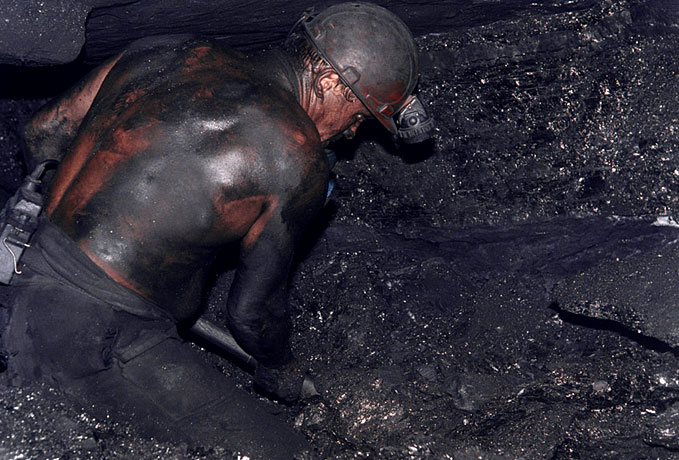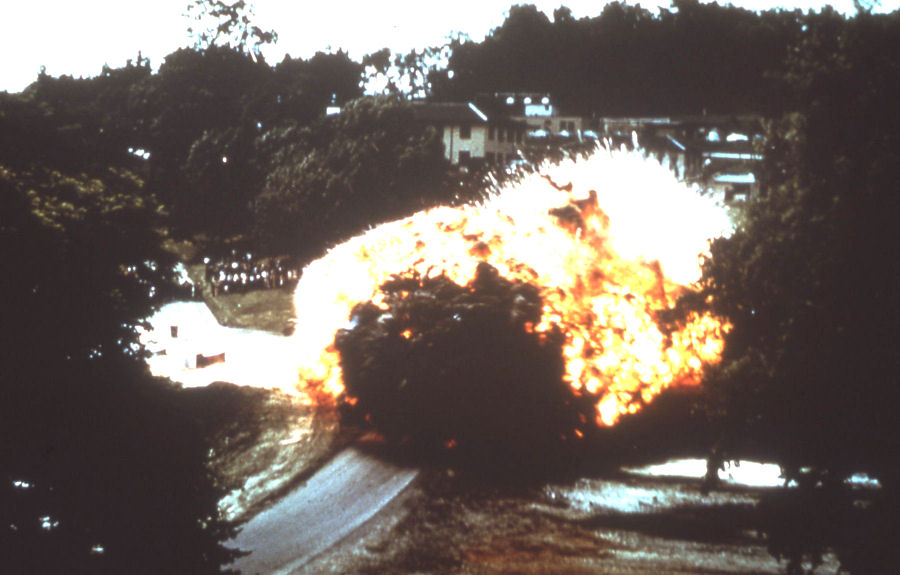Introduction to Coal | Coal as a Fuel|Coal Affects History| Coal Mining and Effects| Environmental Effects| History Affects Coal|References|
Coal mining is the primary means by which coal is extracted from the ground for use as a fuel or other means. Some coal is found on or close to the surface which is likely how pre-historic man was able to obtain coal for use in campfires. However, by 10,000 B.C. in China, and prior to Roman times in Britannia digging pits and primitive mining techniques became common means of coal production. Extensive mining projects developed in Britian and other countries during the industrial revolution and with them a number of social and environmental problems as miners and the regions surrounding the mines suffered the negative side effects of coal mining.
Mining Techniques used in the Early 19th Century
-
Deep Shaft mining: The most common form of mining during the industrial revolution. The method was relatively primitive and involved non-mechanized workers sheering coal of the mine walls with pick axes and other tools. Deep shaft mining was extremely hazardous and resulted in the death of many workers via accident or illness.
-
Blast mining: Another older technique where dynamite or other explosives blow up target areas of the mine. The coal is then collected and transported out of the mine. Obviously, it’s an extremely hazardous technique.
Dangers and Risks
During the industrial revolution coal mining was an extremely hazardous occupation. Miners were subject to many on-site hazards and health risks. For centuries many miners developed fatal or potentially fatal lung diseases from inhaling soot and toxic gasses in the mines. These diseases included black lung, tuberculosis, and lung cancer.
Additionally, the potential for accidents was usually high. Sloppiness and carelessness sometimes led to collapse or partial collapse of mines (known as mine wall failures). Abuse and misuse of cars and other equipments were other causes of accidental deaths. Perhaps the greatest risk to miners was the buildup of hazardous gasses (called damps) which are the product of various reactions with the coal.
-
Black Damp: CO2 and N → causes suffocation
-
After Damp: Similar to Black Damp → causes explosions
-
Fire Damp: Methane → flammable
-
Stink Damp: Mostly Sulfur → causes explosions
-
White Damp: → Air with a high concentration of CO → highly toxic
Such gasses are responsible for some of the worse mining disasters in history including the Senghenydd Colliery Disaster which occurred in South Wales in 1913. An explosion in the mine believed to be caused by fire damp killed 439 miners, some boys.
Coal Dust Expolosion


